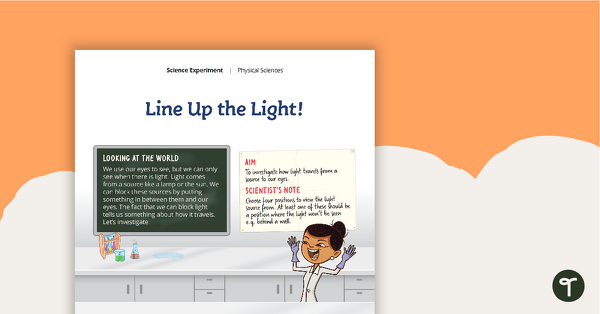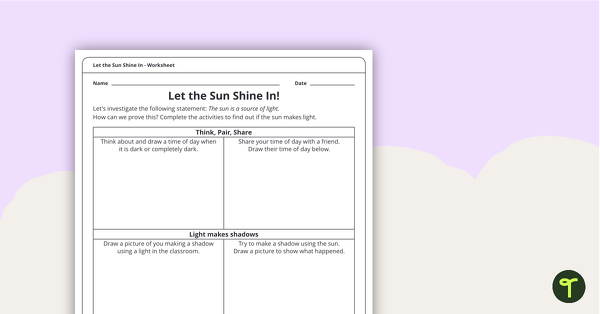Engage your class with this sound energy exploration! This simple experiment will show students how sound is produced by a source and can be sensed.
🎈 Sound Energy with Buzzing Balloons 🎈
Bring a burst of fun into your next science lesson with this balloon sound energy experiment! Designed for two students to complete in pairs, this activity encourages hands-on exploration of sounds and their impact on their different senses. Through completion of this task, your students will gain an understanding that different actions produce different sounds, and recognise that sound energy causes objects to vibrate!
How to Conduct Your Sound Energy Lesson
All you’ll need for this project is the resource template, which you can download in printable PDF or Google Slides formats, and a humble balloon! With younger students, you may need to help them with inflating their balloons.
From there, just follow these simple steps (which are also outlined on the project page for your students to read and follow):
- Start by inflating the balloon and assigning roles – one student becomes the ‘balloon holder,’ and the other, the ‘sound maker.’
- The balloon holder uses two hands to keep the inflated balloon close to the sound maker’s mouth.
- The sound maker produces an ‘aaaahhhh’ sound near or against the balloon. The balloon holder senses vibrations in their hands.
- Experiment with the sound – make it louder, softer, higher or lower. Ask students if they can feel the difference in these variations?
- Have students switch roles and repeat the activity to ensure both students experience the sensory exploration.
Teacher tip! At the beginning of the lesson, emphasise the importance of handling the balloon delicately – no squeezing, pinching or activities that might lead to popping.
Encourage students to reflect on the activity. What did they discover about sound? How did the variations in sound affect the vibrations felt through the balloon?
This engaging experiment not only sparks curiosity but also provides a tangible experience that helps students comprehend the fundamentals of sound energy. It’s a hands-on, interactive way to make science come alive in your classroom. Dive into the world of sound exploration and watch your students light up with excitement!












0 Comments
Write a review to help other teachers and parents like yourself. If you'd like to request a change to this resource, or report an error, select the corresponding tab above.